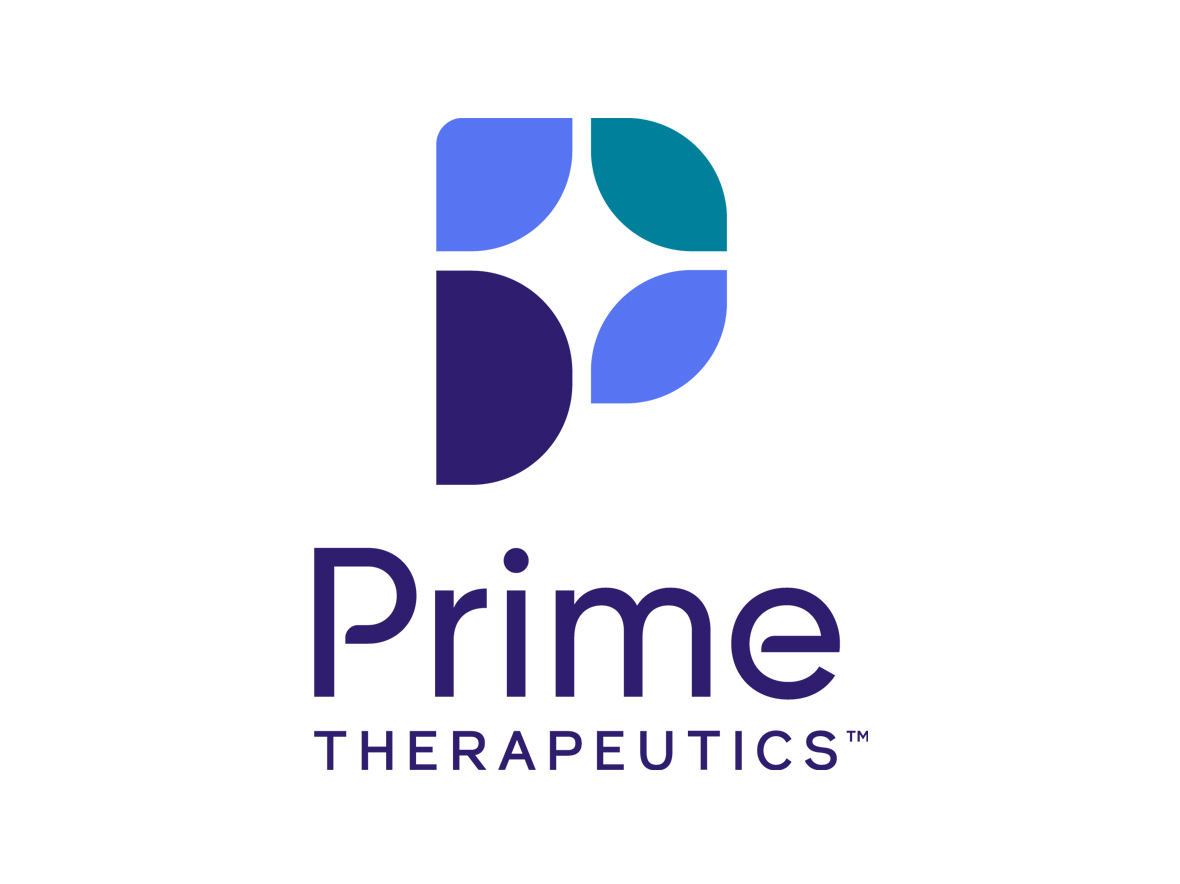AMCP Nexus 2025: The specialty surge — How to stay atop the latest in trend and spend - Prime Therapeutics
AMCP Nexus 2025: The specialty surge — How to stay atop the latest in trend and spend
Prime Therapeutics clinical experts shared insights on the specialty drug pipeline at recent industry event

In recent years, a quiet transformation has been unfolding within the U.S. Food and Drug Administration (FDA)’s drug pipeline — one spearheaded by specialty medications that promise new possibilities for patients facing complex health challenges. As innovative therapies move from research labs to regulatory review, payers and providers need to stay atop the latest insights related to the cost and health outcomes for these new treatments.
At the Academy of Managed Care Pharmacy (AMCP) Nexus 2025 conference, Prime Therapeutics (Prime) experts YuQian Liu, PharmD, RPh, senior director, specialty clinical solutions, and Soumya Vishwanath, PharmD, formulary management director, shared a keynote session to address these issues. Their presentation was titled, “The Specialty Surge: Trends and Therapies Shaping the Pipeline.”
This marks the second time Prime’s experts have delivered the specialty pipeline keynote. Prime’s newsroom team caught up with Liu and Vishwanath shortly after their presentation to learn more about the session.
Alex Cook: As you look at the specialty pipeline, what stands out to you?
YuQian Liu: I'm most struck by the number of products in development for various indications, particularly for rare diseases. Furthermore, the growing number of products addressing previously untreatable conditions, along with those demonstrating mortality benefits for life-threatening indications, highlights the significant innovation and progress achieved by the medical industry in advancing health care.
What specialty trends were attendees most interested in at AMCP Nexus this year?
Soumya Vishwanath: Attendees were particularly focused on emerging trends and therapeutic areas that are driving drug spend across both medical and pharmacy benefits. And we at Prime are familiar with the balance between these concepts as we integrate benefits to manage patients holistically.
But among attendees, there was a strong interest in understanding which therapeutic categories are expected to see new pipeline products in the coming year, along with a deeper dive into these products’ clinical attributes (e.g., pivotal trial results, potential indications) and economic considerations (e.g., projected costs).
Ultimately, stakeholders are looking to stay ahead of the curve by pairing clinical insight with strategic understanding of how these new therapies will shape utilization, spending and patient outcomes across the specialty landscape.
During AMCP Nexus, the FDA announced it will move to accelerate biosimilar development to lower costs on these drugs — and Prime has signaled its continued support to drive improved access and affordability of biosimilars. What impact have biosimilars had on the pipeline this year?
Liu: Seventeen biosimilars have been approved so far this year. Biosimilars continue to represent a significant component of the development pipeline, contributing to increased availability and improved access to essential biologic therapies for patients.
What factors are driving per member per month (PMPM) spend across medical and pharmacy benefits?
Vishwanath: Overall, PMPM spend across both medical and pharmacy benefits continues to rise. Oncology, immunology and autoimmune conditions, and multiple sclerosis are leading drivers on the medical side, while autoimmune, multiple sclerosis, hematology and pulmonary therapies drive the pharmacy trend. Although drivers vary by therapeutic categories, increases are largely cost-driven for commercial and Medicare populations while both cost and utilization are contributing to growth in Medicaid.
Liu, you and Vishwanath presented the specialty keynote at AMCP Nexus last year. How did your preparation change for this year’s presentation?
Liu: We earned great feedback on our presentation last year, so we decided to retain much of the same format this year but with some small changes. The most significant shift this year is that we placed greater emphasis on the spend, trend and forecasting section based on audience feedback as they indicated that information might enhance their comprehension of the pipeline impacts and that identifying the factors driving these impacts was particularly beneficial.
What sessions/topics got your attention at AMCP Nexus this year?
Vishwanath: AMCP Nexus was packed with high energy and great discussion this year! I was especially excited by the multiple sessions highlighting the growing importance of real-world evidence and how we can better share those insights across payers, manufacturers and patients. I also loved seeing the spotlight on therapeutic areas like rare diseases and oncology, especially the sessions from our Prime colleagues on optimized novel strategies for advanced prostate cancer and discussing the rise of radiopharmaceuticals in cancer care.
For more of Prime’s insights from AMCP Nexus 2025, visit PrimeTherapeutics.com/Read. Check out the latest episode of the “Pharmacy Friends” podcast to hear more about the research shared at the event this year.
About Prime Therapeutics

Prime Therapeutics LLC (Prime) is a diversified pharmacy solutions organization. We offer innovative pharmacy benefit management, specialty and medical drug management, and state government solutions to millions of people across the country. At Prime, we’re reimagining pharmacy solutions to provide the care we’d want for our loved ones. We challenge the way it’s always been done to develop intelligently designed solutions that deliver savings, simplicity and support to help people achieve better health. For more information, visit us at PrimeTherapeutics.com or follow us on LinkedIn.
